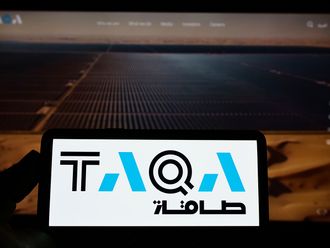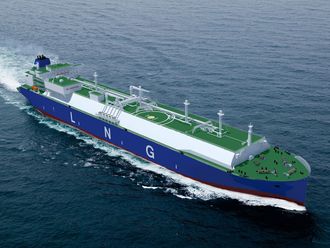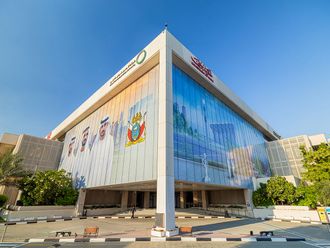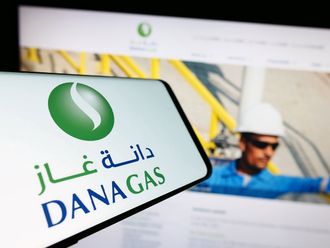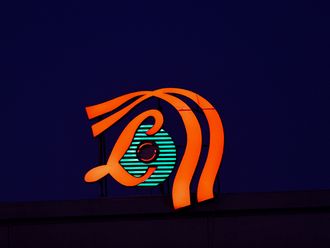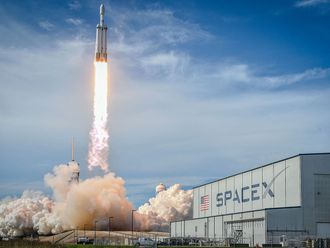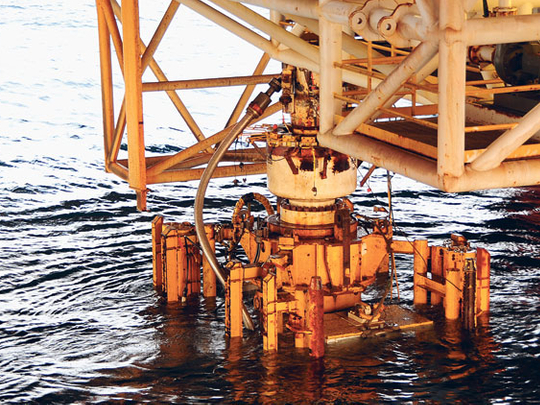
Washington: BP and Halliburton knew weeks before an explosion tore through a BP rig in the Gulf of Mexico that the cement mix they planned to pump into an undersea BP well was faulty, a probe found Thursday.
But they went ahead regardless, and the unstable cement that Halliburton poured into BP's Macondo well to secure the casing on the sea floor was fingered by a commission set up by President Barack Obama as one of the key causes of the April accident.
"Halliburton and BP both had results in March showing that a very similar foam slurry design to the one actually pumped at the Macondo well would be unstable, but neither acted upon that data," Fred Bartlit, chief counsel to the oil spill commission, said in a letter outlining the commission's first findings.
"Halliburton (and perhaps BP) should have considered redesigning the foam slurry before pumping it at the Macondo well," the letter said.
The findings jar with statements made by Halliburton in the weeks following the accident. The oil services company said it had tested the cement before pumping it on April 19 and 20 and found it to be stable.
BP's undersea Macondo well ruptured on April 20, causing an explosion on the oil rig at the surface that killed 11 workers.
Experts have long suspected that "the cement used to secure the production casing and isolate the hydrocarbon zone at the bottom of the well, must have failed in some way," the commission, which Obama tasked with finding the root causes of the disaster, said in a preliminary report.
To confirm their suspicions about the cement, or lay them to rest, the commission members asked scientists to conduct stability tests on the cement made from the same compounds as the slurry used on the BP well.
When the scientists were unable to produce stable cement in the laboratory using materials provided by Halliburton, the commission asked the global oil services company "to give us all of the data from all tests it had run on the Macondo cement slurry," the report says.
Halliburton complied, providing the committee with the results of three tests of the nitrogen foam cement that was eventually pumped into the BP well to prevent hydrocarbons from entering it and potentially causing an explosion.
Two of the tests were conducted in February and one at the beginning of April, just days before the rig exploded. None of the tests found the cement to be stable.
A fourth test was set up, probably in mid-April after Halliburton learned that the results of the previous test had been "unfavorable," the report said.
"Halliburton personnel again modified the testing procedure and this time - for the first time - the data indicated the foam slurry design would be stable," the report said.
But the results of that test would not have been available before the blowout on the well, meaning that when Halliburton pumped cement into the BP well, it probably did so "without any lab results indicating that" what it was doing was safe, the report said.
"This is like building a car when you know the brakes could fail, but you sell the cars anyway," said Congressman Edward Markey, chair of the energy and environment subcommittee in the House of Representatives' Energy and Commerce Committee.
"We now know what BP and Halliburton knew, and when they knew it. And we know they did absolutely nothing about it.
"The fact that BP and Halliburton knew this cement job could fail only solidifies their liability and responsibility for this disaster," he said.
The commission was careful to underline that the cement seal was not the only factor that led to the tragic accident, which is still impacting the fragile wetlands of Louisiana and wildlife in the Mississippi Delta and Gulf.
Cementing failures are "not uncommon" and the oil industry has developed tests to identify and remedy deficient cement jobs, the report said.
But BP and Transocean - the company from which the Deepwater Horizon rig was leased and which had personnel on the rig - "misinterpreted or chose not to conduct such tests at the Macondo well," the report said.
Representatives from the companies involved in the accident, industry executives, technical experts and regulators are due to testify in Washington next month at a hearing called by the commission into the preliminary findings of the April 20 rig explosion.


